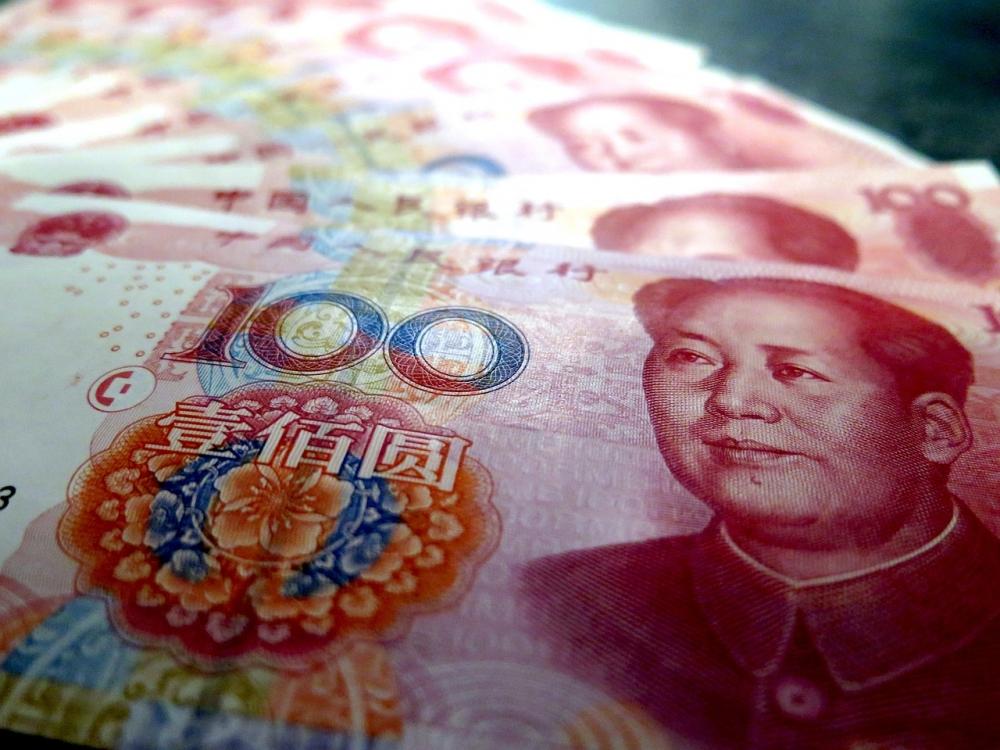Aberdeen Standard Investments: China’s yo-yo market
Aberdeen Standard Investments: China’s yo-yo market

By Nick Yeo, hoofd Chinese aandelen bij ASI
The decision by the MSCI to increase the weight of China’s A-shares might seem momentous. After all, the market is huge, containing around 3,500 stocks and being worth some $8.5 trillion.
But MSCI inclusion has no immediate, practical application for us as a stock-picker. It doesn’t affect our view of whether a company is good or bad, nor do we feel any need to adjust our portfolios. We take a long-term view of what has historically been a volatile and momentum-driven retail market.
Many global investors will view China’s onshore stock market as a bit of a basket case, regardless of whatever MSCI do. Having sunk more than 30% last year, it has rallied back sharply since the start of 2019.
This is an inefficient market, after all, where 80% of turnover emanates from local retail investors more easily swayed by the latest headlines than the earnings prospects of A-share companies.
Investors were bombarded with negative news last year about China’s slowing economic growth, rising bankruptcies and US trade tariffs. It undermined confidence and put the brakes on businesses’ spending plans.
But such aversion was short-sighted. There are compelling reasons for international investors to view this market more favourably, particularly over the longer run.
Chinese authorities are orchestrating this slowdown by curbing debt-fuelled growth to safeguard their financial system. Simultaneously they’re driving growth in domestic consumption and services. Their goal is a more self-sufficient, sustainable economy. That bodes well for future stability.
In response to short-term challenges, policymakers have rolled out measures to stimulate select areas and they stand ready to pull on monetary and fiscal levers further to help smooth this economic transition.
But global investors should be mindful that this is still an economy growing above 6% – significantly above developed markets. Consensus earnings forecasts for A-share stocks in 2019 stand at 15%. You’ll be hard pressed to find many markets offering double digit growth. In addition, the 2018 market correction means prices have come down relative to earnings, too.
Certainly, if US President Donald Trump ramps up trade tariffs further it could knock a percentage point off of China’s GDP growth. But tariffs dent the earnings of companies that benefit from global supply chains, many of which are listed on US stock exchanges. We suspect this was a factor behind the slump in the S&P500 Index last December.
That may have stung President Trump, who assigns great importance to stock market performance. It also underlines a key point: it’s in the interests of both sides to find an expedient resolution to this dispute. The rhetoric between the two sides now appears to be softening and we expect them to reach a settlement sometime this year. Any deal is likely to be received positively by the market, providing companies with improved clarity on their revenue prospects and spending plans.
Portfolio diversification
Over time, increases in MSCI will have an impact. Within five years, it has been estimated A-shares could make up as much as 20% of this widely followed index. That would draw in capital from foreign institutional funds tracking it passively.
This is long-term money, more sticky than the sentiment-driven flows we see today. Such institutionalisation will expose local companies to global standards of accountability and best practice. That will raise governance standards and make the market more investible. Well-run companies with good capital management make better investments over time, in our view.
As China’s representation in global benchmarks grows, having little or no exposure to the market will increasingly become an active decision. Global investors may already be invested in China via the more accessible H-Share market, characterised by the MSCI China Index. Typically these stocks are listed in Hong Kong.
However, there are just 256 H-shares, versus 3,500 A-shares. China’s onshore market has more than double the market cap and 3-4 times the daily trading turnover of Hong Kong. The A-share market is also more diversified by sector, far less tech-centric as heavyweights Tencent and Alibaba are listed offshore. But the market’s domestic bias offers access to companies simply not available elsewhere.
We see the brightest earnings prospects among consumer-oriented stocks in line to benefit from the nation’s structural growth. After all, China’s middle class is growing fast, with 380 million millennials earning and spending more than their parents ever did on luxury items, travel and health care.
The A-share market has far lower correlation to global markets than MSCI China. It has different drivers and so tends to be less impacted by external events. As such, A-share exposure can bring valuable diversification benefits to a global portfolio.
So this week’s news from the MSCI might not mark the overnight revolution that some will inevitably bill it as. But it can serve as a useful reminder of how Chinese capital markets are developing and perhaps prompt investors to think twice before concluding that the country’s A-share market is more trouble than it is worth.
